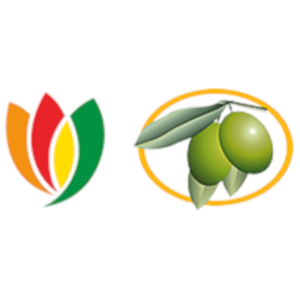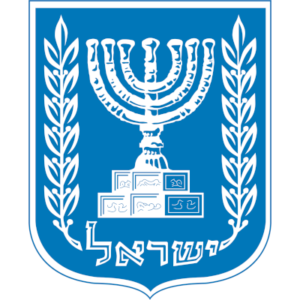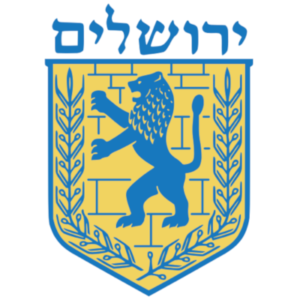At My Olive Tree we love the nation of Israel, but we have to say that we have a very unique fondness for the Negev Desert—specifically because of its ties to biblical prophecy. In fact, you could say that the basis for our personal mission statement stems from this area.
“The wilderness and the wasteland shall be glad for them, and the desert shall rejoice and blossom as the rose”—Isaiah 35:1
Today, we are sharing some facts and figures about the largest landmass in Israel…
Terrain…[i]
The Negev Desert is one of the largest regions in the nation of Israel. Triangular in shape, it takes up more than half of Israel, with the maximum elevation about 3,300 feet.
The terrain of this desert landmass includes a series of ranges and craters. Craters measure anywhere from 5 to 20 miles in length and can often be up to 3 miles in width. They are surrounded by precipitous slopes—many of which drain toward the east into the Aravah Valley.
Throughout the month of August it is typically around 80°F but does occasionally get hotter—reaching a heat index of 90°F. However in January the temperature drops significantly and evens out to 50 – 60°F.
Irrigation has been dug in the northwest corner of the Negev Desert for agriculture purposes. The soil is filled with trace minerals that include: copper, phosphates, bromine, and potash, as well as natural gas and petroleum.
Recent History…
Primarily the Negev was inhabited by the nomadic Bedouin peoples prior to the rebirth of the state of Israel in 1948. Just prior to this, several Jewish settlements were established, but remained primarily under Arab control. However, in 1948, upon the recognition of the Jewish state by the United Nations, a highly contested debate erupted between the Jews and Arabs demanding that ownership belong to only one. Throughout a tumultuous year, a decision was finally made to include the Negev Desert as territory belonging to the Jewish state.
Immigration had brought hundreds of thousands of Jewish settlers to the land of Israel during the 1950’s. As a result the government created an aggressive program that sought to develop and bring settlers to regions like the Negev and many others. By the early 2,000’s the number of settlers had more than tripled, and by 2010 the Negev Desert was home to over 630,000, or 8.2% of Israel’s population. With the Negev comprising 55% of Israel’s total landmass, the possibilities for development are endless.
It is our dream, as Believer’s in Christ, to partner with the nation of Israel to see the desert blossom like a rose. As we work toward this goal we are seeing jobs increase. The profits from the harvests of these trees bring new life to other areas of Israel, as well. Through these projects, our ability to provide humanitarian aid to Israelis of all ages has greatly increased.
However, we are still so desperately in need of help to continue these endeavors. It is only through generous donations from supporters who share our heart for Israel that we have been able to maintain sustainable progress toward ever increasing growth.
Won’t you join us as we continue to see biblical prophecy fulfilled? Won’t you be a part of this great opportunity?
“‘On that day I will raise up the tabernacle of David, which has fallen down, and repair its damages; I will raise up its ruins, and rebuild it as in the days of old; that they may possess the remnant of Edom, and all the Gentiles who are called by My name,’ says the Lord who does this thing. ‘Behold, the days are coming,’ says the Lord, ‘when the plowman shall overtake the reaper, and the treader of grapes him who sows seed; the mountains shall drip with sweet wine, and all the hills shall flow with it. I will bring back the captives of My people Israel; they shall build the waste cities and inhabit them; they shall plant vineyards and drink wine from them; they shall also make gardens and eat fruit from them. I will plant them in their land, and no longer shall they be pulled up from the land I have given them,’ says the Lord your God.”—Amos 9:11-15
[i] http://www.encyclopedia.com/places/asia/middle-eastern-physical-geography/negev







